Best Practices for Achieving ETI Compliance
In today’s global business landscape, ethical trade is not just a matter of corporate responsibility—it’s a crucial component of long-term success. The Ethical Trade Initiative (ETI) sets standards that help businesses ensure fair labor practices, human rights, and sustainability throughout their supply chains. For companies committed to these principles, achieving ETI compliance is essential.
At CDG, we specialize in providing ETI Audit services that guide businesses through the complexities of compliance. In this blog post, we’ll explore the best practices for achieving ETI compliance, offering practical insights and strategies to help your company meet these important standards.
Introduction: The Importance of ETI Compliance
ETI compliance is about more than just meeting regulatory requirements—it’s about demonstrating a commitment to ethical business practices that respect workers’ rights and promote sustainability. Achieving ETI compliance can enhance your company’s reputation, build trust with stakeholders, and open up new market opportunities. However, the process requires careful planning, continuous improvement, and a proactive approach to managing your supply chain.
1. Understanding ETI Standards and Requirements
The first step towards achieving ETI compliance is to thoroughly understand the standards and requirements set forth by the ETI. These standards are based on the ETI Base Code, which draws from international labor conventions and outlines the minimum requirements for ethical trade practices.
1.1. Familiarize Yourself with the ETI Base Code
The ETI Base Code covers key areas such as fair wages, safe working conditions, freedom of association, and non-discrimination. It’s crucial for companies to familiarize themselves with these guidelines and ensure that their policies and practices align with them.
- Example: A manufacturing company should review its labor practices to ensure they meet the ETI standards on working hours, overtime compensation, and health and safety.
Practical Tip: Conduct a gap analysis to identify areas where your current practices may fall short of ETI standards. Use this analysis to develop a roadmap for achieving full compliance.
1.2. Stay Updated on Changes and Developments
ETI standards are dynamic, evolving in response to changes in international labor laws and emerging best practices. Companies must stay informed about any updates or revisions to the ETI guidelines and adjust their practices accordingly.
Practical Tip: Subscribe to ETI newsletters, attend relevant workshops, and engage with industry forums to stay current on changes to ethical trade standards. Regularly review and update your compliance policies to reflect these changes.
2. Implementing Robust Supply Chain Management Practices
Achieving ETI compliance requires a strong focus on supply chain management. Companies must ensure that all suppliers and subcontractors adhere to the same ethical standards, as compliance extends beyond the immediate business to encompass the entire supply chain.
2.1. Establish Clear Supplier Criteria
Develop clear criteria for selecting and evaluating suppliers based on their ability to meet ETI standards. This includes assessing their labor practices, environmental impact, and overall commitment to ethical trade.
- Example: A retail company might implement a supplier code of conduct that outlines the minimum requirements for labor practices and environmental sustainability. Suppliers would need to sign this code and agree to regular audits.
Practical Tip: Create long-term partnerships with suppliers who demonstrate a commitment to ethical practices. Regularly monitor and evaluate their performance to ensure ongoing compliance.
2.2. Conduct Regular Audits and Assessments
Regular audits are essential for verifying that suppliers and subcontractors comply with ETI standards. These audits should be thorough, covering all aspects of the ETI Base Code, and should be conducted by trained professionals.
- Example: A food company might conduct annual audits of its suppliers to ensure that all workers are paid fair wages and that working conditions meet safety standards.
Practical Tip: Use a mix of announced and unannounced audits to get a true picture of supplier practices. Follow up on audit findings with corrective action plans and support suppliers in making necessary improvements.
3. Engaging and Educating Employees
Achieving ETI compliance is a company-wide effort that requires the involvement and commitment of all employees. Engaging and educating your workforce on ethical trade practices is key to ensuring that compliance is embedded in your company’s culture.
3.1. Provide Regular Training and Resources
Provide training sessions for employees at all levels, focusing on the importance of ETI compliance and their role in upholding ethical standards. This training should be ongoing and tailored to different departments.
- Example: A company might offer workshops for its procurement team on how to evaluate suppliers for ETI compliance, while providing factory managers with training on maintaining safe working conditions.
Practical Tip: Develop an internal resource hub where employees can access up-to-date information on ETI standards, company policies, and best practices. Encourage employees to ask questions and provide feedback on the compliance process.
3.2. Foster a Culture of Ethical Responsibility
Promote a culture where ethical responsibility is a core value. Encourage employees to report any concerns or violations of ethical practices without fear of retaliation.
- Example: Implement a whistleblower policy that protects employees who report unethical practices, ensuring that their concerns are taken seriously and addressed promptly.
Practical Tip: Recognize and reward employees who go above and beyond in supporting ETI compliance efforts. This can help reinforce the importance of ethical practices and motivate others to follow suit.
4. Continuous Improvement and Innovation
Achieving ETI compliance is not a one-time effort—it requires continuous improvement and a commitment to innovation. Companies should regularly review their practices, seek feedback, and look for new ways to enhance their compliance efforts.
4.1. Regularly Review and Update Policies
Regularly review your company’s policies and procedures to ensure they remain aligned with ETI standards. This includes updating your code of conduct, supplier agreements, and internal compliance guidelines as needed.
- Example: A technology company might update its supplier code of conduct annually to reflect the latest developments in ethical trade and sustainability practices.
Practical Tip: Establish a compliance committee or task force responsible for overseeing ETI compliance efforts. This group should regularly assess the effectiveness of current practices and recommend improvements.
4.2. Leverage Technology for Better Compliance
Technology can play a significant role in enhancing ETI compliance. Tools such as supply chain management software, data analytics, and blockchain can help companies monitor compliance more effectively and identify areas for improvement.
- Example: A fashion brand might use blockchain technology to trace the origin of its raw materials, ensuring that they are sourced ethically and transparently.
Practical Tip: Invest in technology that supports your compliance efforts, such as audit management software or platforms that facilitate real-time monitoring of supplier practices. This can help you stay ahead of potential compliance issues and respond quickly when they arise.
Making ETI Compliance a Strategic Priority
Achieving ETI compliance is a critical component of building a sustainable and responsible business. By understanding ETI standards, implementing robust supply chain practices, engaging employees, and committing to continuous improvement, companies can not only meet their ethical obligations but also gain a competitive edge in the marketplace.



